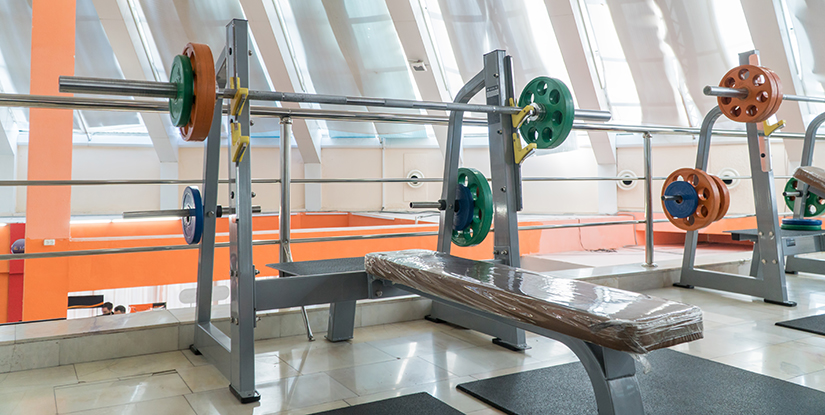Flat bench DB fly was something I used to skip. Didn’t think it mattered. I was all about bench press—just push heavy and go home.
But my chest? Still looked flat. No shape. No real feel during the workout either.
One day I slowed things down. Tried flat bench DB fly properly. Lighter weight, more control, full stretch.
And honestly—that’s when I started feeling my chest actually work.
It’s a simple move, but it hits deep.
Let me show you what it is, how to do it right, and why it’s worth adding to your training.
What Is Flat Bench DB Fly?
Flat bench DB fly is a chest move I used to ignore. Looked too basic.
You lie flat on a bench, hold dumbbells, and open your arms like you’re hugging something huge—then bring them back in. Sounds easy. But the stretch? It hits hard.
💡 Where I feel it the most
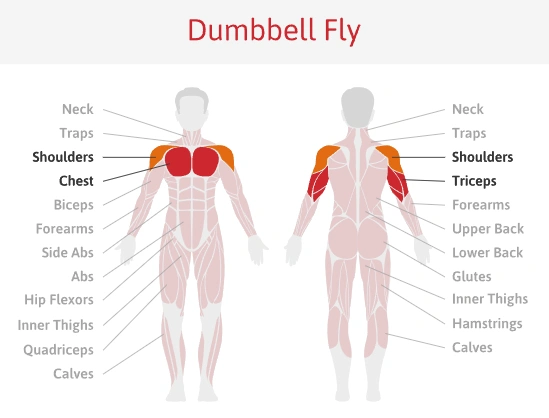
- Middle of my chest – That tight squeeze in the center. Feels way more direct than pressing.
- Front shoulders and biceps – If I mess up the angle or go too deep, I feel it there. But when I do it right, it’s all chest.
- More focused than bench press – Pressing spreads the effort around. This keeps it locked on the chest.
💡 What I like about it
- Big stretch – This move really opens up my chest. Way more range than pressing.
- Better shape – After adding this, I started seeing more line in the middle. Not just bulk—actual shape.
- Even light weight works – I go light, slow it down, and my chest still lights up.
- Easy to do, gets results – Nothing fancy. Just do it right, and it works fast.
How to Do DB Flat Bench Fly Correctly
At first, I felt nothing doing db flat bench fly. Just moving weights around.
Then I changed a few small things, and boom—huge difference. Here’s what works for me now.
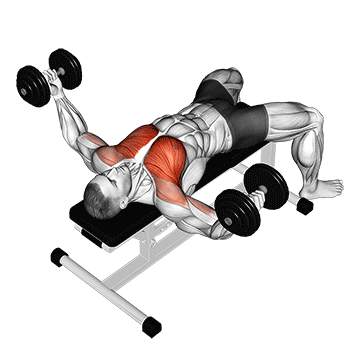
✅ Step 1 – Get set up right
I lie flat on the weight bench, feet firmly on the ground. Dumbbells in hand, nothing too heavy—just something I can control without swinging.
✅ Step 2 – Start position matters
I bring the dumbbells up over my chest. Arms slightly bent—not locked. Just soft, comfortable. I try to keep that same bend the whole way through.
✅ Step 3 – Open up slow
I lower the weights out wide, like I’m opening up for a giant hug. I stop when I feel that deep chest stretch—not shoulder pain, just tightness where it should be.
✅ Step 4 – Bring it back with your chest
I squeeze the weights back up using my chest—not my arms. No jerking, no rushing. Just smooth control the whole way.
✅ Step 5 – Breathe with the movement
I breathe in when I open, breathe out when I bring the weights together. Keeps me steady and focused.
❗ What I used to mess up:
- Going too low = shoulder strain
- Going too fast = no chest activation
- Going too heavy = bad form, no control
Flat Bench DB Fly Variations and Alternatives
I don’t always stick to db flat bench fly. Changing the angle—or the setup—helps me hit different parts of my chest, and keeps things from getting boring.
👉 Incline DB Fly – for upper chest
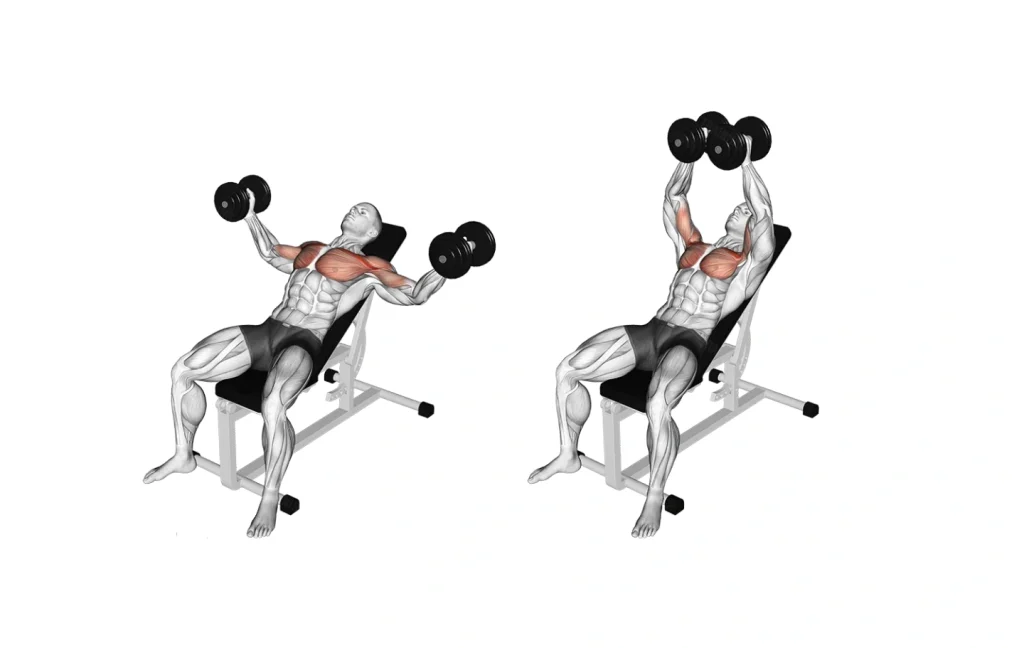
This one hits higher up.
I feel it right near the collarbone. I use a slight incline and go lighter, since it’s harder to control. But the burn? Way stronger.
👉Decline DB Fly – for lower chest
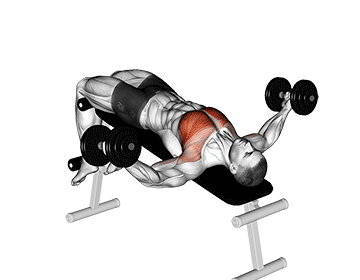
If I want to hit the bottom of my chest, I go with decline.
Not something I do every time, but when I do, it hits low and feels solid—if I stay controlled.
👉 Cable Fly – for constant tension
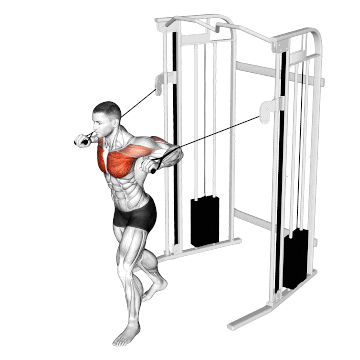
When I want something smoother, I use cables.
The tension doesn’t let up, and I get a strong squeeze at the top. Great when I’m doing high reps or need more control.
How I Use DB Flat Bench Fly in My Training
I never skip flat bench DB fly on chest day. It’s not my main lift, but it’s the one that helps me feel my chest the most—if I do it right.
I usually throw it in after presses. By then, my chest is already working, so it’s easier to feel. No heavy weight—just something I can control and move slow, really stretch it out.
This is how I like to do it, based on what I’m training for.
| Goal | How I Do It | Why It Works (for me) |
|---|---|---|
| Build size | 3–4 sets × 10–12 reps | This range gives me the stretch and the volume I need. |
| Define shape | 3–4 sets × 12–15 reps, slow tempo | Going slower helps me feel every inch of the movement. |
| Chest burnout | 2–3 sets × 15–20 reps, short rest | Great finisher. I get a full pump even with light weights. |
| Just starting | 2 sets × 10 reps, focus on form | This helped me learn control without thinking too much. |
💡 My go-to tip:
If I can’t feel my chest working by rep 5, I reset. Usually means I’m rushing or using arms too much.
Alright, that’s pretty much how I use db flat bench fly.
It’s not a big, flashy lift. But when I do it slow and clean, it hits exactly where I want it to. No tricks. No ego. Just solid chest work.
If you’ve been benching a lot but not feeling your chest, give this a try. Not once—properly. Light weight, full stretch, real squeeze.
That’s what makes the difference.

Hi, I’m Alex Carter, part of the editorial team at Leadman Fitness. We specialize in crafting premium custom racks, cable machines, functional trainers, and strength accessories for home and commercial gyms. With a background in competitive powerlifting and gym design consulting, I’ve spent years testing gear under heavy loads and optimizing layouts for efficiency.
I focus on translating real-world user frustrations—like space limitations, budget constraints, or durability needs—into actionable solutions. By collaborating directly with our engineers and facility owners, I ensure our custom equipment evolves to solve the unspoken challenges lifters face daily. What I share isn’t textbook advice; it’s battle-tested insight from racks I’ve welded, cables I’ve replaced, and gym floors I’ve trained on.
